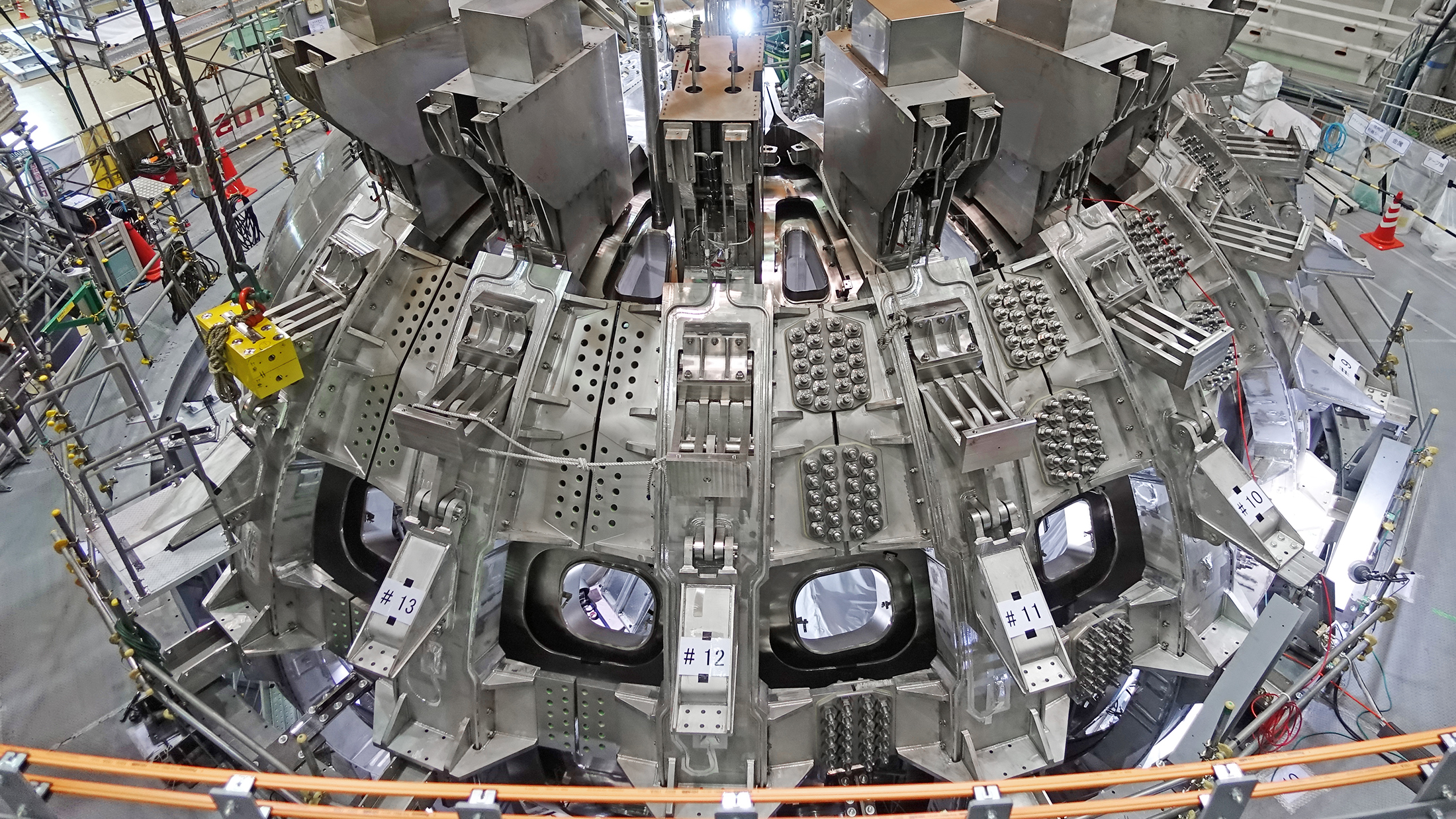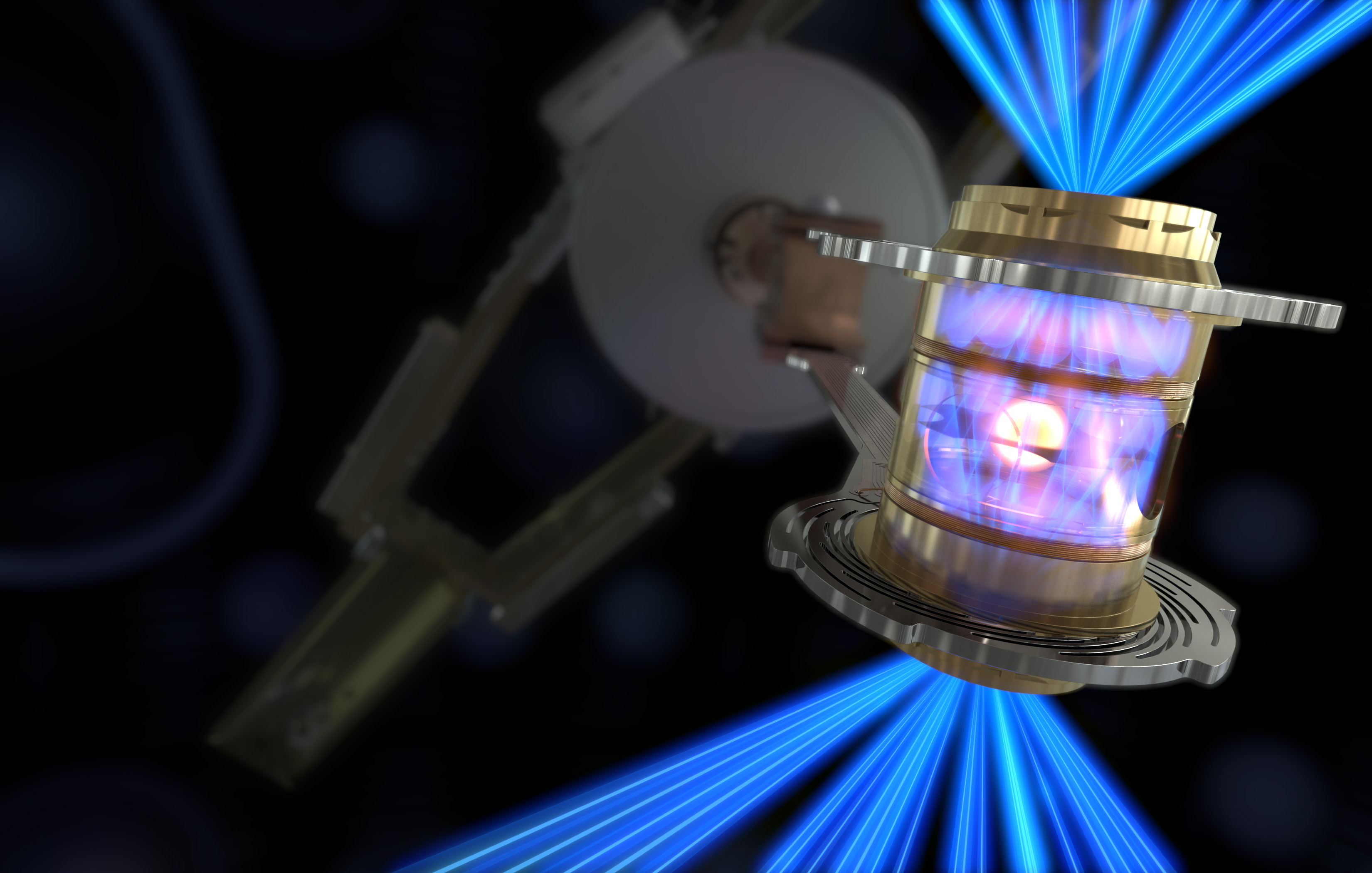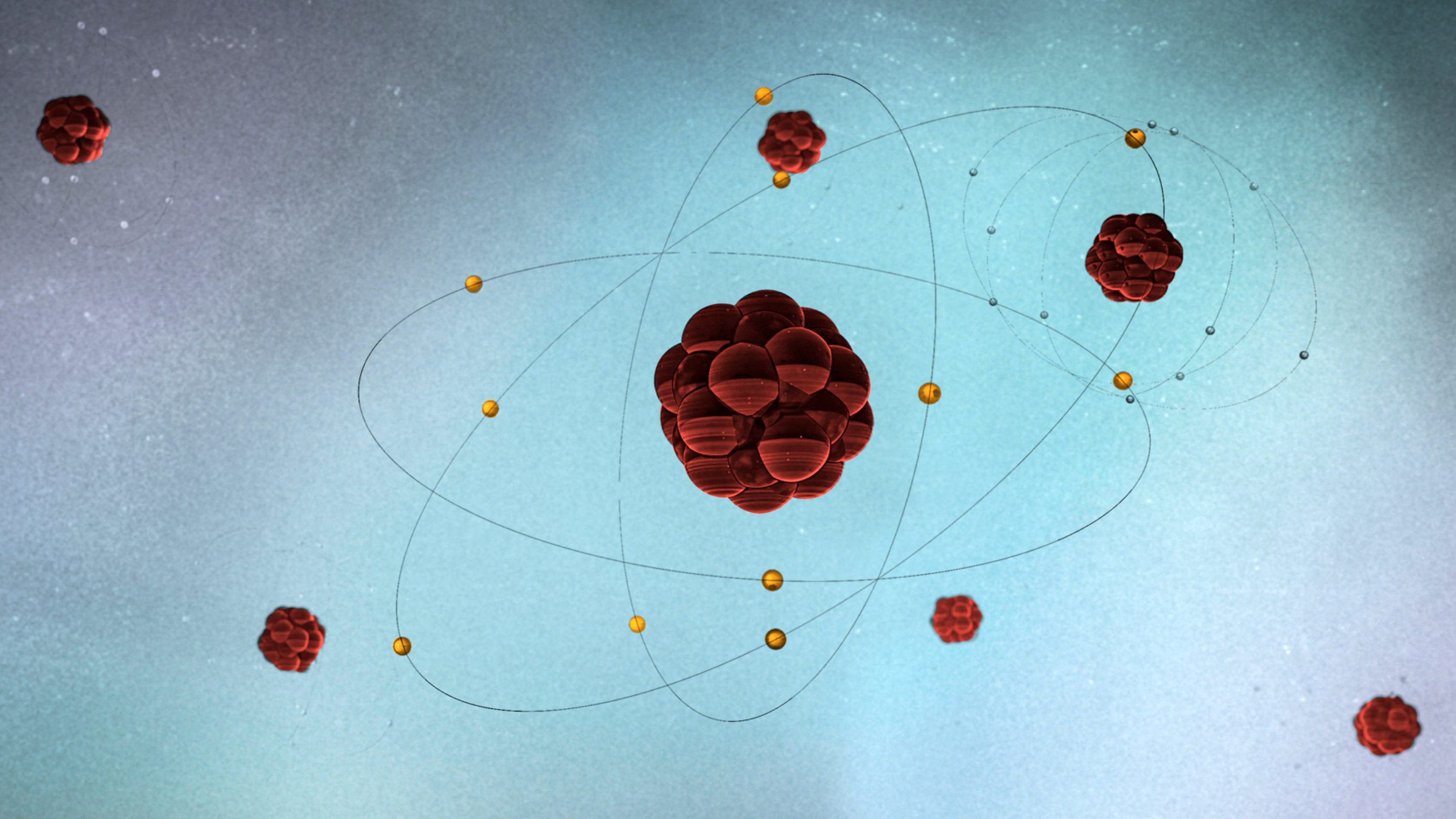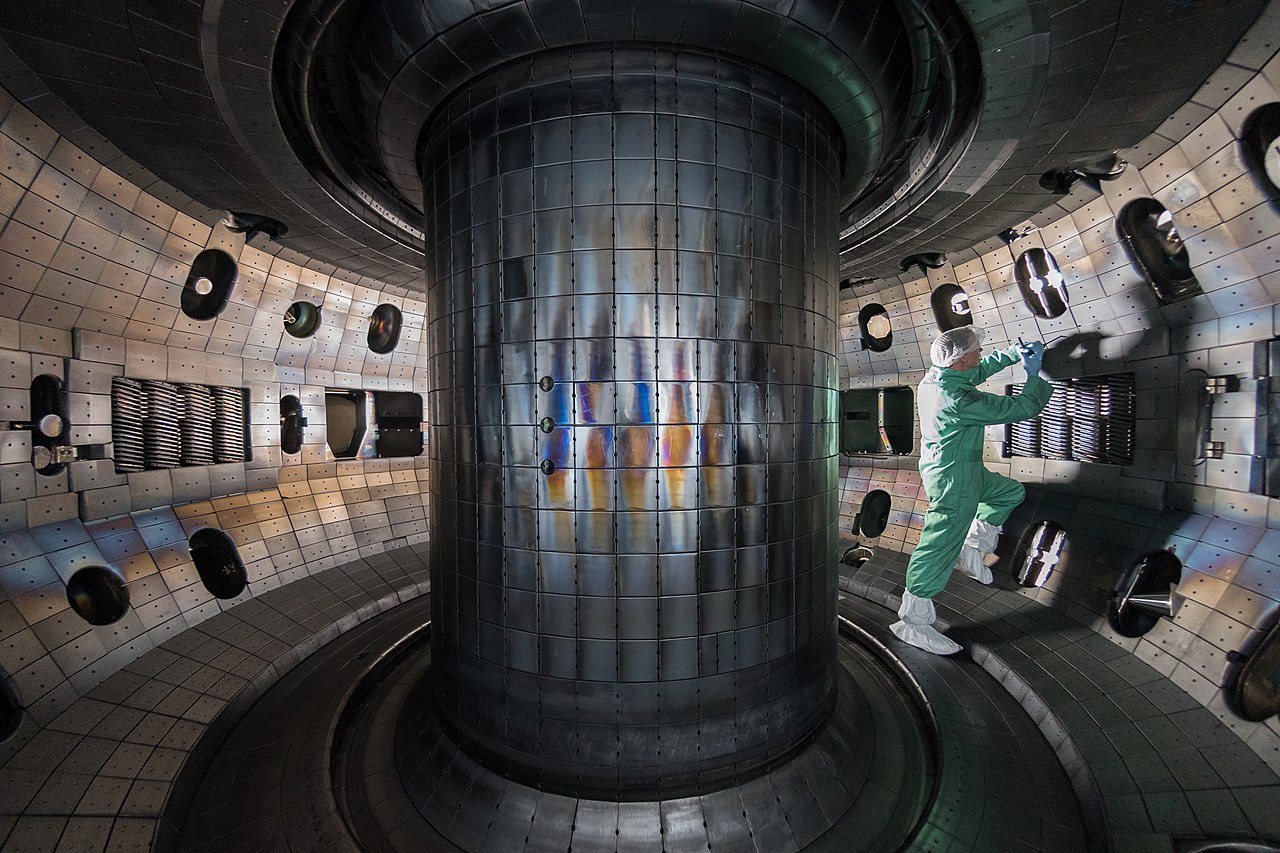China’s artificial sun reaches fusion temperature: 100 million degrees

Credit: EAST Team
- The EAST reactor was able to heat hydrogen to temperatures exceeding 100 million degrees Celsius.
- Nuclear fusion could someday provide the planet with a virtually limitless supply of clean energy.
- Still, scientists have many other obstacles to pass before fusion technology becomes a viable energy source.
Scientists in China have reported a major breakthrough in the quest for nuclear fusion technology, which would harness power through the same processes that occur within stars.
At the Experimental Advanced Superconducting Tokamak (EAST) reactor in Hefei, China, researchers managed to heat hydrogen within the ‘artificial sun’ to a temperature of more than 100 million degrees Celsius, or 212 million degrees Fahrenheit, at which point it becomes plasma. The temperatures inside EAST are actually about seven times hotter than the center of the sun, where the added pressure from gravity allows for fusion to occur.
On Earth, extreme temperatures are necessary to produce nuclear fusion, which occurs when two nuclei come together to form a heavier nucleus. The fusion process releases vast amounts of heat and energy, the results of which we can see when we look up at the Sun, or any star in the night sky.

Credit: EAST Team
The opposite of fusion is nuclear fission, which occurs when the nuclei of atoms split in a chain reaction. This process also releases extraordinary amounts of energy, and it’s currently used in nuclear weapons and power plants worldwide. However, nuclear fission leaves behind dangerous radioactive waste. Nuclear fusion is relatively clean.
That’s partly why scientists worldwide have been racing for years to develop a safe and reliable way to produce the conditions necessary for nuclear fusion, which in theory could someday give the world a virtually limitless supply of clean energy. The recent success at EAST represents an important step toward that goal.
Still, while the recent achievement at the EAST reactor proves that the ‘artificial sun’ can produce the extreme temperatures necessary for nuclear fusion, and also allowed researchers to study how plasma reacts at such temperatures, scientists still have many milestones to cross before the technology could possibly become a safe and reliable option for limitless, clean energy. Those obstacles include finding an abundant fuel source, maintaining stability in reactors for more than seconds at a time, and scaling the technology to become commercially viable.





